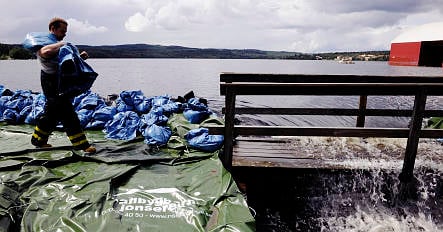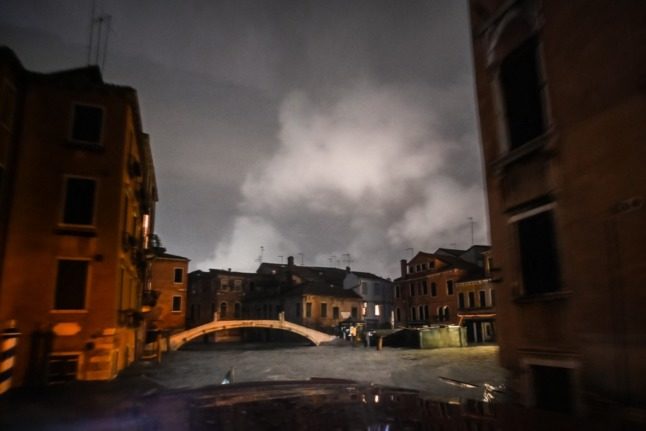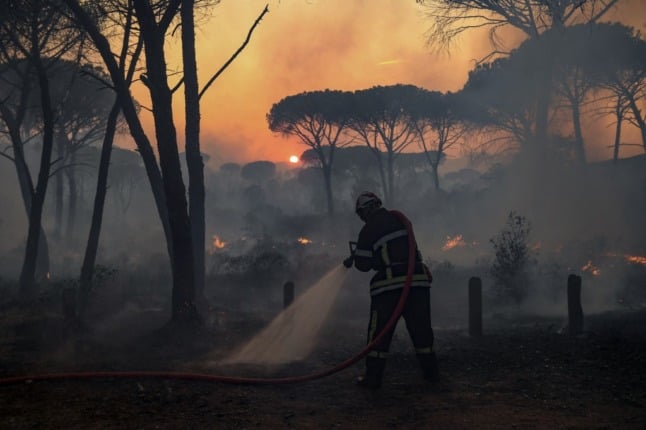Water levels have risen ten centimetres since Sunday and 20 professional rescue workers have been joined by volunteers in a bid to prevent the dam from bursting and spilling over into the adjoining Säter Valley.
“The rain that previously fell in the forests has drained into Lake Ljustern and we don’t know when it will culminate. That’s what’s a bit worrying,” municipal safety coordinator Torbjörn Orr told news agency TT.
Were the dam to break, houses in the valley run the risk of flooding. The valley has now been closed off and orders have been given to evacuate.
Säter Valley is a park area that includes children’s playgrounds and hiking trails.
The Riksväg 50 road between Grängesberg and Ludvika was also closed over the weekend due to water damage. Only three meters of the road were submerged, but the Swedish Road Administration determined that large amounts of water had created a risk of landslide. Traffic was redirected to the 604 and 608 roads in Gonäs, near Ludvika, and Lötberget (near Grängesberg).
On Monday, the Road Administration will decide if the stretch of road can be reopened, according to Zakarias Juto at the traffic management dispatch in Härnösand.
The areas hardest hit by the wet weekend were Dalsland and southern Värmland. In Åmål, more than 100 houses were flooded and emergency personnel worked all day Saturday to minimize the damange.
The highest precipitation level of the weekend was recorded in Värmland at 63 millimeters, but local sources also reported amounts higher than 100 millimetres, according to the SMHI meteorological agency.
The roads were also hard bit by the masses of water and short stretches were washed away. For the most part, this affected back roads, but municipal highways, as well as the E45 motorway, have also needed repairs.
The flooding also caused major delays in train traffic on the Vänerbanan train service, mainly in Dalsland and Värmland, reported Göteborgs-Posten newspaper.




 Please whitelist us to continue reading.
Please whitelist us to continue reading.
Member comments